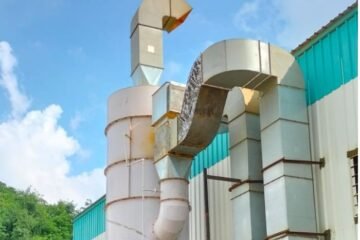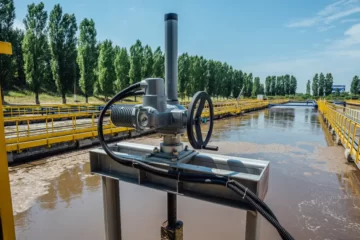Monitoring and controlling process parameters: The treatment process requires monitoring various parameters such as flow rate, pH, temperature, and chemical doses to ensure they are within the required range. The operator must continuously adjust these parameters to optimize the treatment process and prevent any process upsets.
Regular equipment maintenance: Equipment such as pumps, aerators, clarifiers, and filters must be regularly checked for proper functioning, and maintenance activities such as cleaning, lubrication, and replacement of worn parts must be performed. This will prevent equipment failure and reduce downtime.
Sampling and testing of treated water: The treated water must be sampled and tested regularly to ensure it meets discharge standards. This involves analyzing parameters such as pH, turbidity, biochemical oxygen demand (BOD), total suspended solids (TSS), and total nitrogen and phosphorus.
Record keeping: Accurate records of plant operations, maintenance activities, and laboratory test results must be kept. These records help to identify trends and track performance over time. They are also necessary for regulatory compliance and to demonstrate the plant’s commitment to environmental protection.
Preventive maintenance program: A preventive maintenance program helps to reduce the likelihood of equipment failure and minimize downtime. This program includes regular inspections, lubrication, and cleaning of equipment, as well as the replacement of worn parts before they fail.
Sludge dewatering and disposal: The treatment process generates a by-product known as sludge, which must be managed properly. Sludge is typically dewatered to reduce its volume, and then disposed of in an environmentally responsible manner, such as by land application, incineration, or landfilling.
Compliance with regulations: Wastewater treatment plants must comply with local, state, and federal environmental regulations, such as the Clean Water Act. This involves obtaining necessary permits, monitoring and reporting of discharges, and ensuring that the plant operates in an environmentally responsible manner.
Operator training and safety: The plant operator must be trained to operate the plant safely and effectively. This includes training on the treatment process, equipment operation, and emergency procedures. The operator must also promote safety practices, such as proper personal protective equipment (PPE) usage, to prevent accidents and injuries.
Plant facilities and grounds maintenance: The plant facilities and grounds must be kept in good condition. This includes regular cleaning and maintenance of buildings, tanks, and pipelines, as well as the maintenance of landscaping and other features.
Energy conservation: Monitoring energy consumption and implementing energy-saving measures can help to reduce operating costs and reduce the plant’s carbon footprint. This may involve the use of energy-efficient equipment, reducing unnecessary water pumping, and implementing a lighting control system.
Overall, the operation and maintenance of a wastewater treatment plant requires a dedicated team of trained professionals and a commitment to environmental protection and sustainability.
General Problems occur in operating Sewage treatment plants and it’s Troubleshooting
Troubleshooting in a sewage treatment plant involves identifying and resolving issues that affect the performance and efficiency of the treatment process. Some common issues and troubleshooting techniques in sewage treatment plants include:
Low flow: If the flow rate in the plant is low, it may indicate a blockage in the intake or discharge pipes, a problem with the pumps, or an issue with the control system. To resolve this issue, the operator should inspect the pipes and pumps, and check the control system for any malfunctions.
High pH: High pH levels in the plant can cause the growth of unwanted microorganisms and affect the performance of the treatment process. To resolve this issue, the operator should adjust the chemical feed system to correct the pH.
Poor treatment performance: If the plant is not producing the desired level of treated water quality, it may indicate a problem with the treatment process. To resolve this issue, the operator should check the equipment and process parameters, such as flow rate, pH, and chemical doses, and make adjustments as necessary.
Alarms: Alarms in the plant can indicate a problem with equipment or the treatment process. The operator should investigate the cause of the alarm, such as a low level in a tank, a malfunction in a pump, or a problem with the control system, and take appropriate action.
Power failure: A power failure can affect the operation of the plant and cause problems with the treatment process. To minimize the impact of a power failure, the plant should have backup power supplies, such as generators, to ensure continuous operation.
Equipment failure: Equipment failure can disrupt the treatment process and cause downtime. To minimize the impact of equipment failure, the operator should regularly inspect and maintain the equipment, and have spare parts on hand for quick replacement.
Sludge buildup: If the plant is producing excessive sludge, it may indicate a problem with the treatment process. To resolve this issue, the operator should check the process parameters, such as the flow rate, pH, and chemical doses, and adjust as necessary.
These are just a few examples of common issues and troubleshooting techniques in water treatment plants. Proper operation and maintenance of the plant, as well as regular monitoring and testing, can help prevent problems and minimize the need for troubleshooting. It’s also important to have a well-trained operator on-site who can quickly identify and resolve issues to ensure the plant operates at optimal efficiency.



